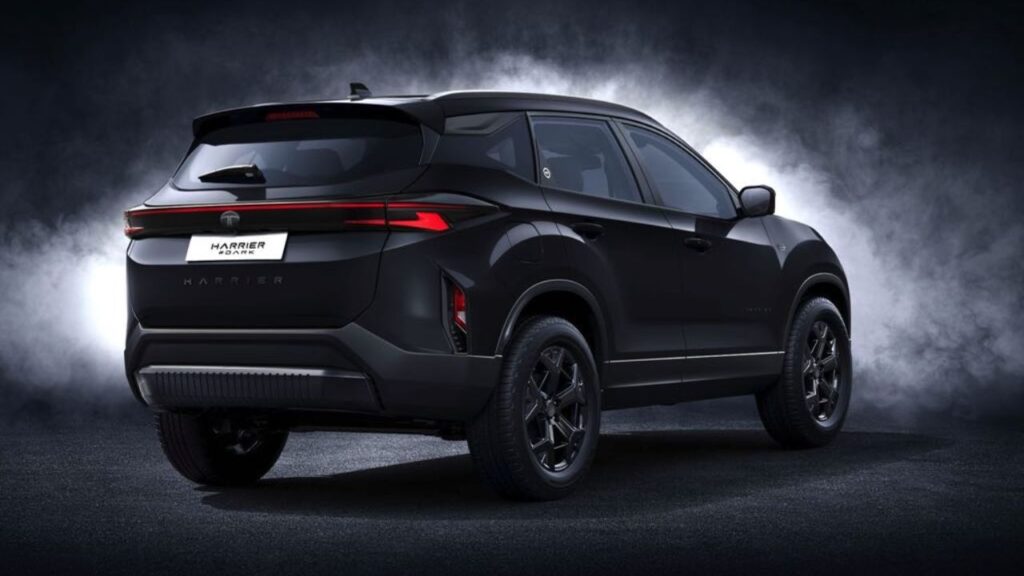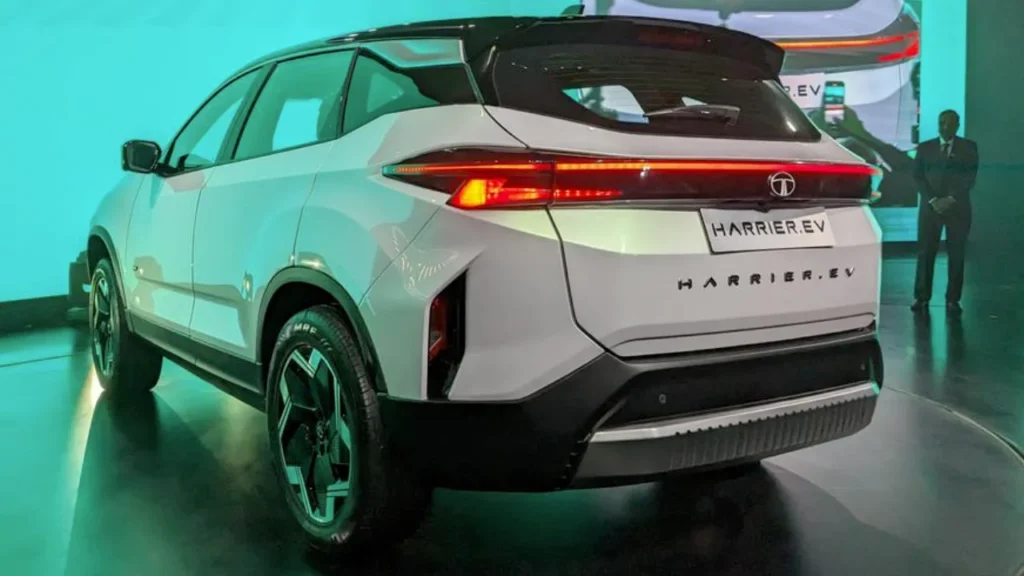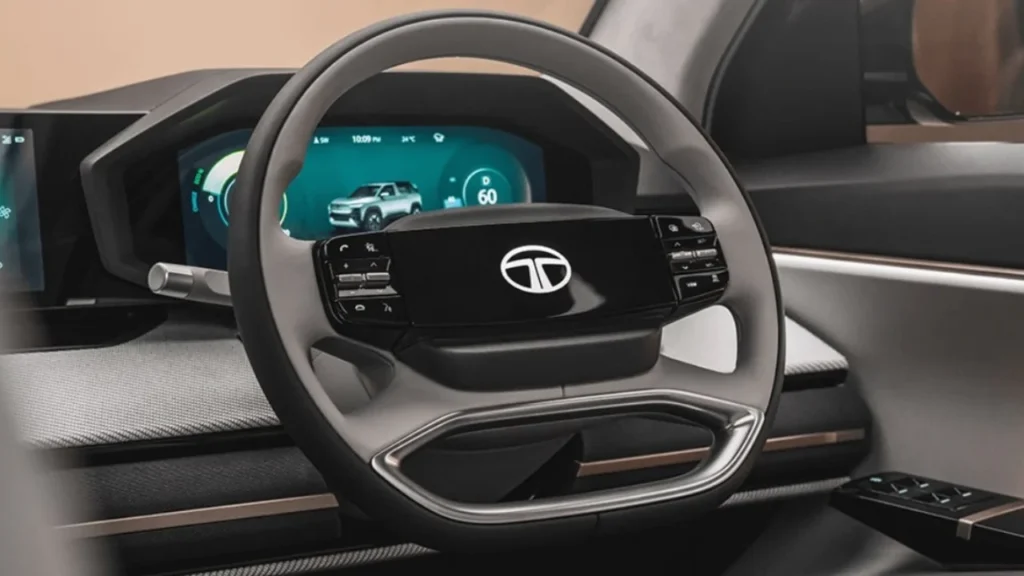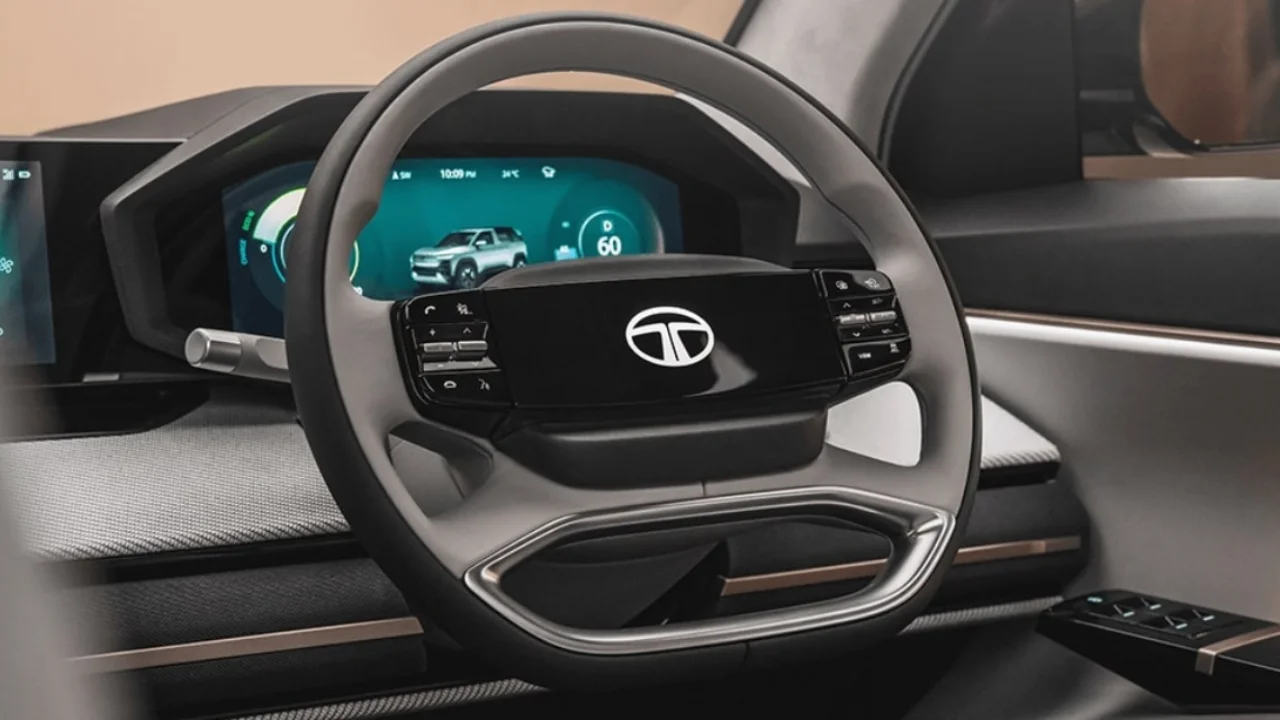Tata Motors, one of the flagship entities of the renowned Tata Group, has been a significant player in the automotive industry, not just in India but on a global scale. The company’s share price history is a reflection of its journey through the ebbs and flows of economic cycles, market competition, and evolving industry dynamics.
Follow Us on Google News!
Recent Performance

As of the latest data, Tata Motors Ltd’s share price stands at INR 1013.2, marking a change of INR 6.1 or 0.6057% from the previous close. The 52-week high has been recorded at INR 1065.6, while the 52-week low stood at INR 419.5. This indicates a significant fluctuation, which is not uncommon in the auto sector, known for its volatility linked to various economic factors.
Tata Motors Share Price History – Historical Trends

Looking back at the historical data, we can observe some key trends:
- March 2024: The share price saw a notable high of INR 1,047.00 and a low of INR 921.20, with an average price of INR 987.81. The month ended with a slight decrease in share value, indicating a volatile period for the company.
- April 2024: The opening price was INR 1,011.60, with a high of INR 1,012.50 and a low of INR 1,004.40. The closing price as of April 5th was INR 1,007.10, showing a minor dip from the opening value.
Factors Influencing Share Price

Several factors have influenced Tata Motors’ share price over the years:
- Product Launches: New vehicle launches and updates to existing models often result in increased investor confidence and a subsequent rise in share prices.
- Global Presence: Tata Motors’ acquisition of luxury brands and expansion into international markets have had both positive and negative impacts on its share valuation.
- Economic Indicators: Interest rates, fuel prices, and government policies related to the automotive sector play a crucial role in shaping investor sentiment.
Investment Outlook
Investors looking at Tata Motors as a potential investment should consider the company’s long-term strategy, its alignment with global automotive trends such as electric vehicles, and its financial health. While past performance is not indicative of future results, understanding the historical price movements can provide valuable insights into the company’s resilience and adaptability.
Also Read This: 2024 Mahindra Bolero Classic Stylish and Modern 7 Seater In 10 Lakh
Disclaimer: This article is for informational purposes only and does not constitute financial advice or an endorsement of Tata Motors Ltd. or its shares.


